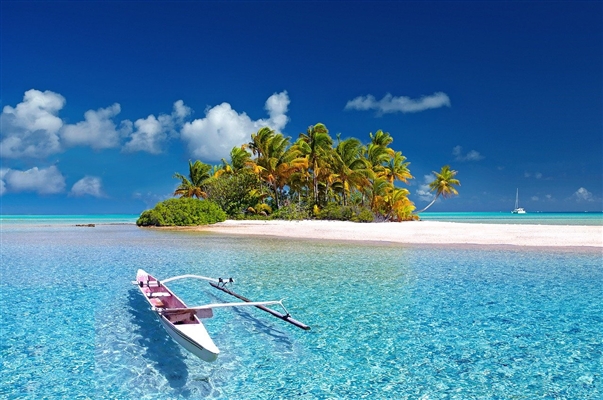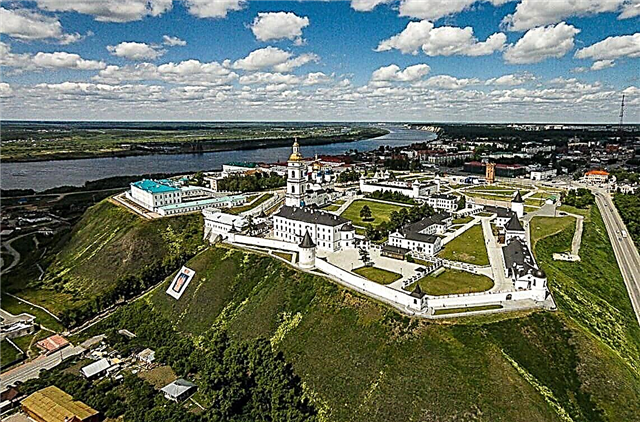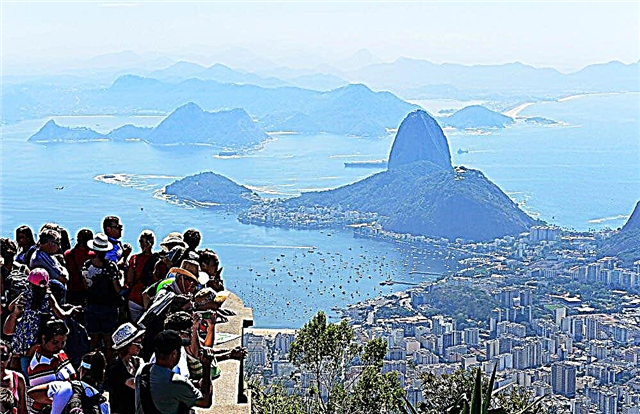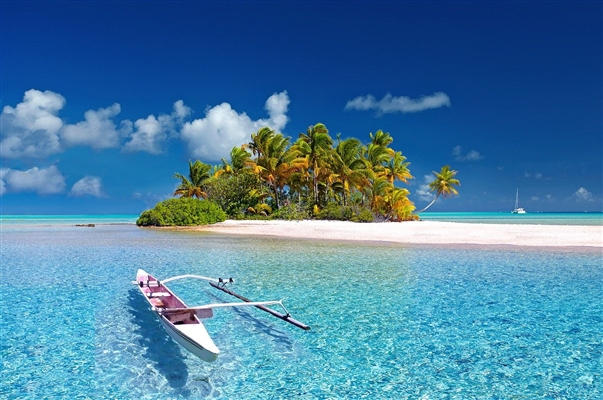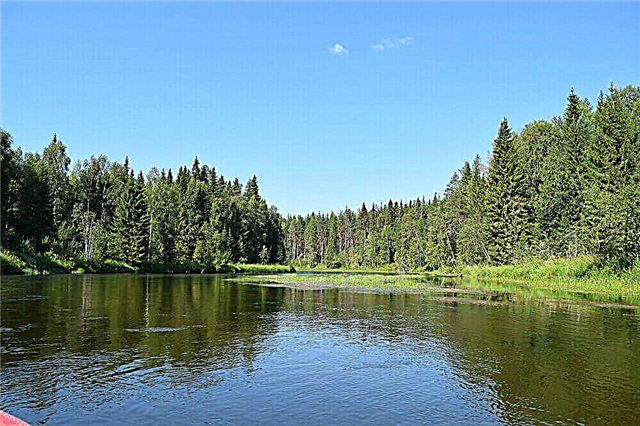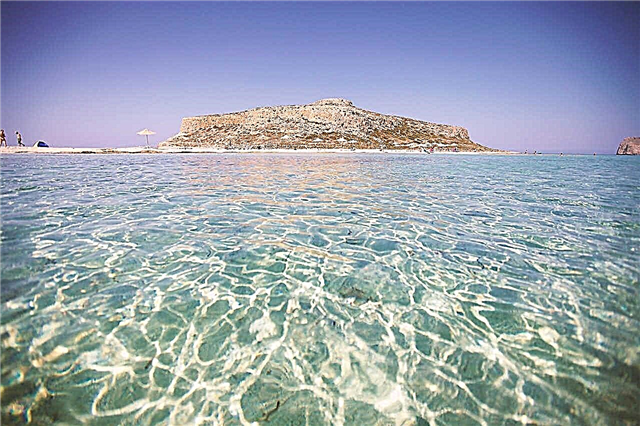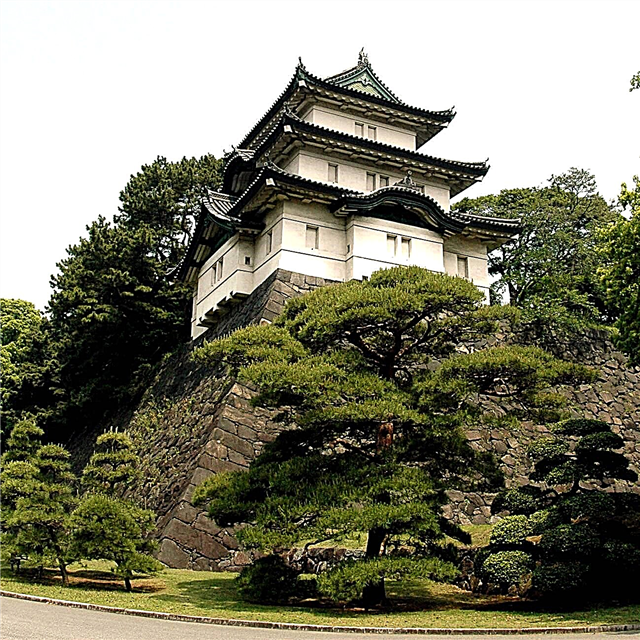
Want to know who the emperor is to the people of Japan? See the main attraction of Tokyo and the symbol of Japanese statehood - the residence and parks of the country's supreme ruler. Learn about the history of the Imperial Palace, opening hours and guided tours.
History of the Imperial Palace in Tokyo
The palace, in which the ruling family now lives, appeared in the 15th century - it was called Edo Castle. At that time, the capital of the state was the city of Kyoto, where the personal chambers of the first person of Japan were located. From the 17th to the 19th centuries, samurai lived in Edo Castle, and only in 1869, after the capital was transferred to Tokyo, the emperor himself moved there.
The castle was completely wooden. In the 19th century, there was a huge fire and the fire destroyed all the buildings. Since then, construction work in the imperial palace has never stopped. In the pre-war period, the building of the Privy Council was built here, and in the 1990s, a room for the art collection, which belongs to the emperor.

What to see at the Imperial Palace in Tokyo
The residence and the picturesque Imperial Gardens are 7.41 sq. km. The area is surrounded by a water channel. Some of the buildings are in traditional Japanese style, while others are quite European. Wonderful photos are taken near the Nijubashi Bridge, which runs over the moat in the Outer Gardens.
In the Oriental Gardens, a stone wall from the ancient Edo Castle has been preserved. Tourists love the hydrangeas and azaleas blooming in the parks. The Museum of Imperial Collections displays paintings, gorgeous kimonos and art collected by Emperor Hirohito.
The luxurious Kitanomaru Park is notable for the large indoor Nippon Budokan arena, where concerts of world stars are held. It also houses the Museum of Modern Art and the Science Museum. The Chidorigafuchi Moat attracts tourists in the spring, when the cherry blossoms are in full bloom. Visitors board boats and enjoy a boat trip among the rose trees.

Palace opening hours
The Imperial Palace is available from Tuesday to Saturday from 9:00 am to 4:00 pm. Weekends are Sunday, Monday, national holidays and from December 29 to January 3, when Japan celebrates New Years.
How to get to the palace and gardens
Free guided tours in Japanese and English are offered twice a day. In 1 hour 15 minutes, tourists, together with a guide, pass a 2 km route.
Kitanomaru is freely admitted to the Outer and East Gardens of the Imperial Palace and Kitanomaru Park. To get to the territory that surrounds the palace itself, you must first register on the site.
Where is the Imperial Palace
The attraction is located in the center of Tokyo, in the Chiyoda area. The palace is easily accessible on foot from Tokyo Metro Station.
Tripster and Sputnik8 - excursions in Tokyo.



